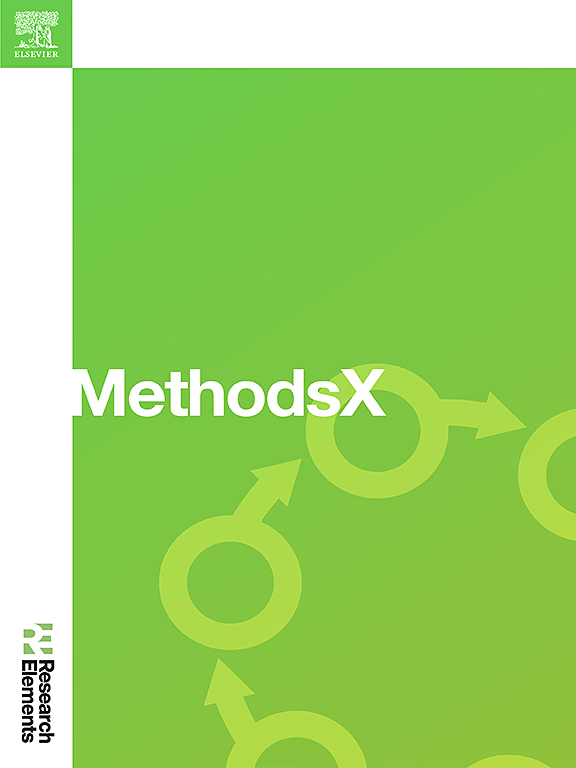IM- LTS: An Integrated Model for Lung Tumor Segmentation using Neural Networks and IoMT
IF 1.6
Q2 MULTIDISCIPLINARY SCIENCES
引用次数: 0
Abstract
In recent days, Internet of Medical Things (IoMT) and Deep Learning (DL) techniques are broadly used in medical data processing in decision-making. A lung tumour, one of the most dangerous medical diseases, requires early diagnosis with a higher precision rate. With that concern, this work aims to develop an Integrated Model (IM- LTS) for Lung Tumor Segmentation using Neural Networks (NN) and the Internet of Medical Things (IoMT). The model integrates two architectures, MobileNetV2 and U-NET, for classifying the input lung data. The input CT lung images are pre-processed using Z-score Normalization. The semantic features of lung images are extracted based on texture, intensity, and shape to provide information to the training network.
- •In this work, the transfer learning technique is incorporated, and the pre-trained NN was used as an encoder for the U-NET model for segmentation. Furthermore, Support Vector Machine is used here to classify input lung data as benign and malignant.
- •The results are measured based on the metrics such as, specificity, sensitivity, precision, accuracy and F-Score, using the data from benchmark datasets. Compared to the existing lung tumor segmentation and classification models, the proposed model provides better results and evidence for earlier disease diagnosis.

基于神经网络和IoMT的肺肿瘤分割集成模型
近年来,医疗物联网(IoMT)和深度学习(DL)技术被广泛应用于医疗数据处理决策中。肺肿瘤是最危险的医学疾病之一,需要早期诊断,准确率更高。鉴于此,本研究旨在利用神经网络(NN)和医疗物联网(IoMT)开发一种用于肺肿瘤分割的集成模型(IM- LTS)。该模型集成了MobileNetV2和U-NET两种体系结构,用于对输入的肺数据进行分类。对输入的CT肺图像进行Z-score归一化预处理。基于纹理、强度和形状提取肺图像的语义特征,为训练网络提供信息。•在这项工作中,结合了迁移学习技术,并将预训练的神经网络用作U-NET模型的编码器,用于分割。此外,这里使用支持向量机对输入的肺数据进行良性和恶性分类。•使用基准数据集的数据,根据特异性、敏感性、精密度、准确度和F-Score等指标测量结果。与现有的肺肿瘤分割和分类模型相比,该模型为早期疾病诊断提供了更好的结果和证据。
本文章由计算机程序翻译,如有差异,请以英文原文为准。
求助全文
约1分钟内获得全文
求助全文
来源期刊

MethodsX
Health Professions-Medical Laboratory Technology
CiteScore
3.60
自引率
5.30%
发文量
314
审稿时长
7 weeks
期刊介绍:
 求助内容:
求助内容: 应助结果提醒方式:
应助结果提醒方式:


